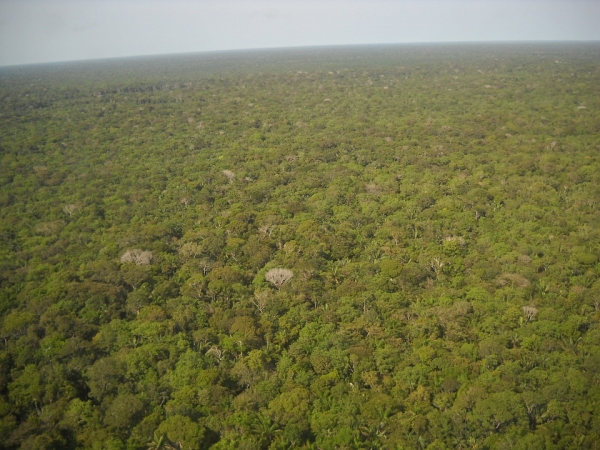Between approximately 450 BCE and 950 CE, millions of Amerindian people living in today’s Amazonia transformed the originally poor soil through various processes. Over many human generations, soils were enriched with charcoal from their low-intensity fires for cooking and burning refuse, animal bones, broken pottery, compost, and manure. The result is Amazonian dark earth (ADE) or terra preta, exceptionally fertile because rich in nutrients and stable organic matter derived from charcoal, which gives it its black color.
Now, scientists from Brazil show that ADE could be a ‘secret weapon’ to boost reforestation – not only in the Amazon, where 18% or approximately 780,000 km2 has been lost since the 1970s – but around the world. The results are published in Frontiers in Soil Science.
“Here we show that the use of ADEs can enhance the growth of pasture and trees due to their high levels of nutrients, as well as to the presence of beneficial bacteria and archaea in the soil microbial community,” said joint lead author Luís Felipe Zagatto, a graduate student at the Center for Nuclear Energy in Agriculture of São Paulo University, Brazil.
“This means that knowledge of the ‘ingredients’ that make ADEs so very fertile could be applied to help speed up ecological restoration projects.”
Read more at Frontiers
Photo Credit: rrubra via Pixabay


